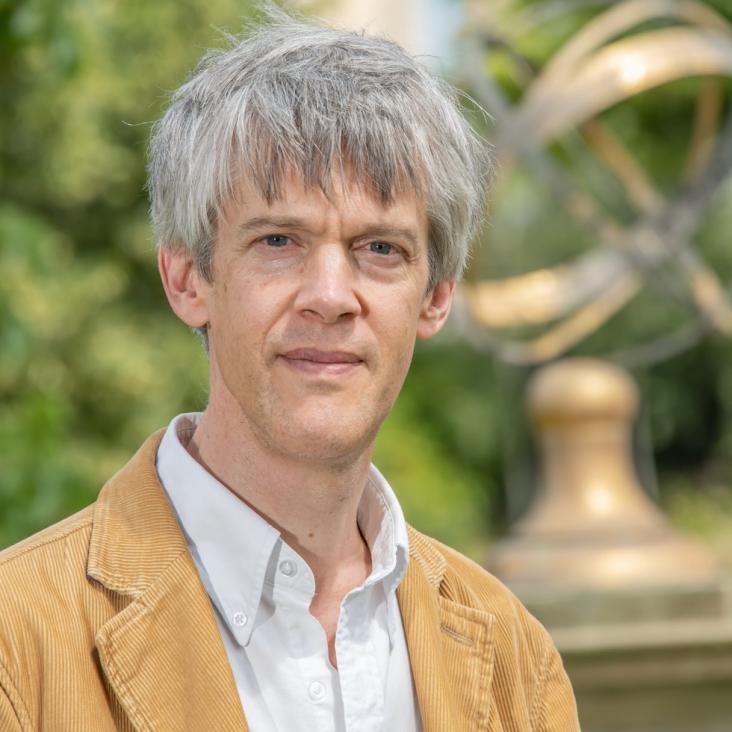Radiocarbon dates from samples funded by English Heritage between 1993 and 1998
English Heritage, 2015
Radiocarbon dates from the Oxford AMS system: Archaeometry Datelist 35
Archaeometry 57:1 (2015) 177-216
Dating the Thera (Santorini) eruption: archaeological and scientific evidence supporting a high chronology
Antiquity Cambridge University Press (CUP) 88:342 (2014) 1164-1179
Abstract:
Integrating timescales with time-transfer functions: a practical approach for an INTIMATE database
Quaternary Science Reviews Elsevier BV 106 (2014) 67-80
The importance of independent chronology in integrating records of past climate change for the 60–8 ka INTIMATE time interval
Quaternary Science Reviews Elsevier BV 106 (2014) 47-66


